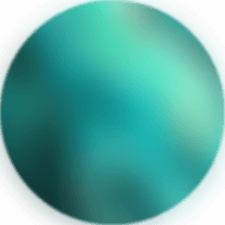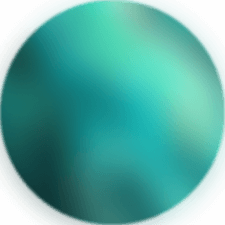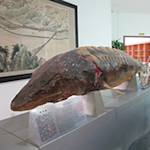Salmon Forests Of Vancouver
Personal memory by Celia Brauer
1850 • Vancouver, BC, Canada
Before 1850 the temperate rainforest created massive old growth forests of cedar, spruce, hemlock and fir. The tallest firs were well over a thousand years old and 400 feet high, fertilized by bones of salmon dragged deep into the forest by bears and wolves. Devils club and berry bushes grew thick in the understory. Grouse thrummed, frogs croaked, shrews skimmed the water’s surface. Voles, muskrat and porcupine made a good living in the thick underbrush. Eagles and ravens soared in the updrafts. Beavers built large dams, which formed lakes used by hundreds of waterfowl. Grassy pastures fed elk and deer. Crisscrossing the land were over 50 streams of Chum, Coho and Steelhead Salmon and Cutthroat Trout. The Fraser River, a major highway for millions of fish, was home to sturgeon – a prehistoric fish that grows up to 12 feet long and 100 years as well as dogfish, whitefish, char and the oily forage fishes - smelt, oolichan and herring.
On the beaches were crabs, clams, oyster, mussels and cockles. Killer whales fed on the rich salmon runs and grey whales followed herring. The First Nations said, “When the tide is out, the table is set.” The Musqueam, Squamish and Tsleil’waututh people stewarded this land for millennia. But it was a different worldview that came from offshore, clearcut all the trees in a mere 30 years, filled in the streams and covered the land with houses, buildings and roads. The mindset that clearcut the land also clearcut the memory of these living things. The salmon continues to be the backbone of the ecological health of the Pacific Northwest. It is up to all of us to replant the memory of these lost creatures and ecosystems. We must cultivate a mindset which stewards wild systems so more precious ecosystems are not lost.


Learn about Maya Lin’s fifth and final memorial: a multi-platform science based artwork that presents an ecological history of our world - past, present, and future.

Discover ecological histories and stories of former abundance, loss, and recovery on the map of memory.

Learn how we can reduce our emissions and protect and restore species and habitats – around the world.

See how art can help us rethink the problems we face, and give us hope that each one of us can make a difference.

Help make a global memorial something personal and close to home. Share your stories of the natural world.


